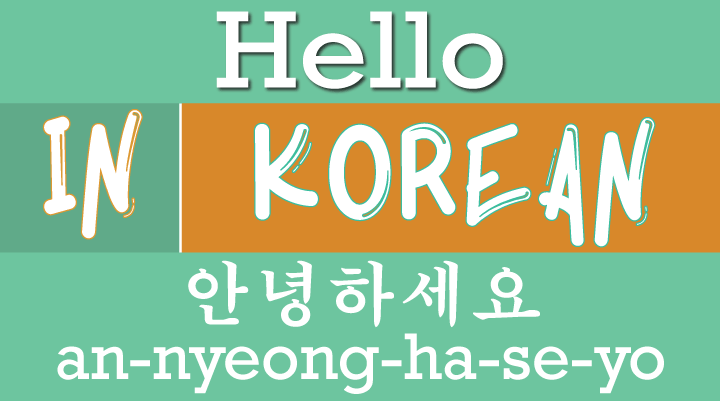I always look forward to doing these posts. I like to see how far
I’ve come and what I actually did this year. This is such a long project, so it’s
nice to reflect. And… 2019 will be my last full year of this project. I’m
slated to end halfway through 2020 (and that’s including the three non-UN countries
that I added at the end). Here’s what I did this year and where we are in this
thing:
—
In 2018, I started with St. Kitts & Nevis and ended with South Korea (there
are TON of countries that start with S!).
—
At the end of 2018, I completed the 160th country for this blog. This
now makes me 81.6% finished with this project.
—
Of all the countries I have completed so far,
46 (28.75%) have been in Africa
43 (26.88%) have been in Europe
21 (13.13%) have been in Asia
12 (7.5%) have been in the Middle East
12 (7.5%) have been in the Caribbean
11 (7.04%) have been in Oceania
9 (6.88%) have been in South America
7 (4.38%) have been in Central America
2 (1.25%) has been in North America
—
Of the 160 countries I have completed so far, 382 languages are represented in
some capacity, either as an official language or at some kind of
national/regional/vernacular level. Here are the ones who hold some level of
status in three or more countries.
English: 57
French: 36
Arabic: 22
Spanish: 19
German: 13
Russian: 10
Croatian: 9
Romany/Romani: 9
Italian: 8
Portuguese: 8
Albanian: 7
Armenian: 7
Hungarian: 7
Serbian: 7
Ukrainian: 7
Bulgarian: 6
Greek: 5
Rusyn: 5
Slovak: 5
Swahili: 5
Garifuna: 4
Romanian: 4
Slovene/Slovenian: 4
Turkish: 4
Azerbaijani: 3
Belarusian: 3
Berber (Tamazight): 3
Bosnian: 3
Chinese (Mandarin): 3
Danish: 3
Fula: 3
Malay (Bahasa Malaya): 3
Mandinka: 3
Occitan: 3
Polish: 3
Somali: 3
Tatar: 3
Urdu: 3
Wolof: 3
—
As of December 31, 2018 at 5:30 p.m. EST, I have had a total of pageviews
661,691 (an increase of 132,721 from this time last year) and have been read by
at least one person in 181 countries (an increase of 11 countries). I have
posted 710 blog posts (an increase of 74 posts) since I started in February
2012 and now have 28 followers (I gained 1 more follower this year).
—
Here are the top ten countries based on the number of pageviews (of all time):
1. United States
2. Philippines (number 3 last year)
3. Russia (number 2 last year)
4. Canada (number 5 last year)
5. United Kingdom (number 4 last year)
6.
Germany
7. France
8. Australia (number 9 last year)
9. Ukraine (number 8 last year)
10. India
—
If everything goes as planned for 2019 (which may or may not happen), I will
start with South Sudan and end with the United Kingdom.


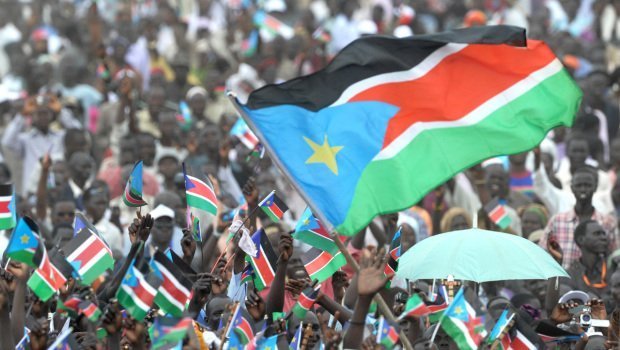
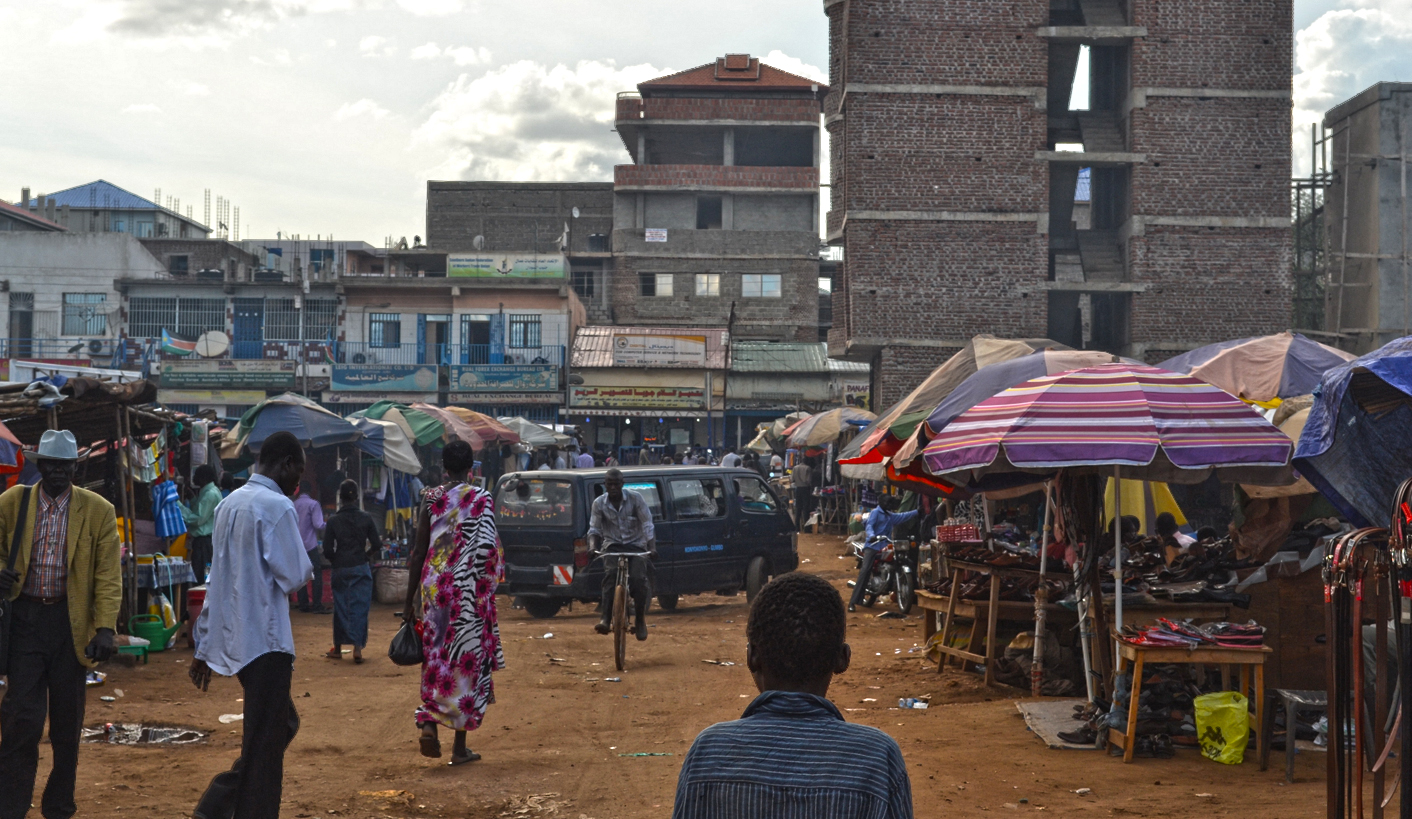


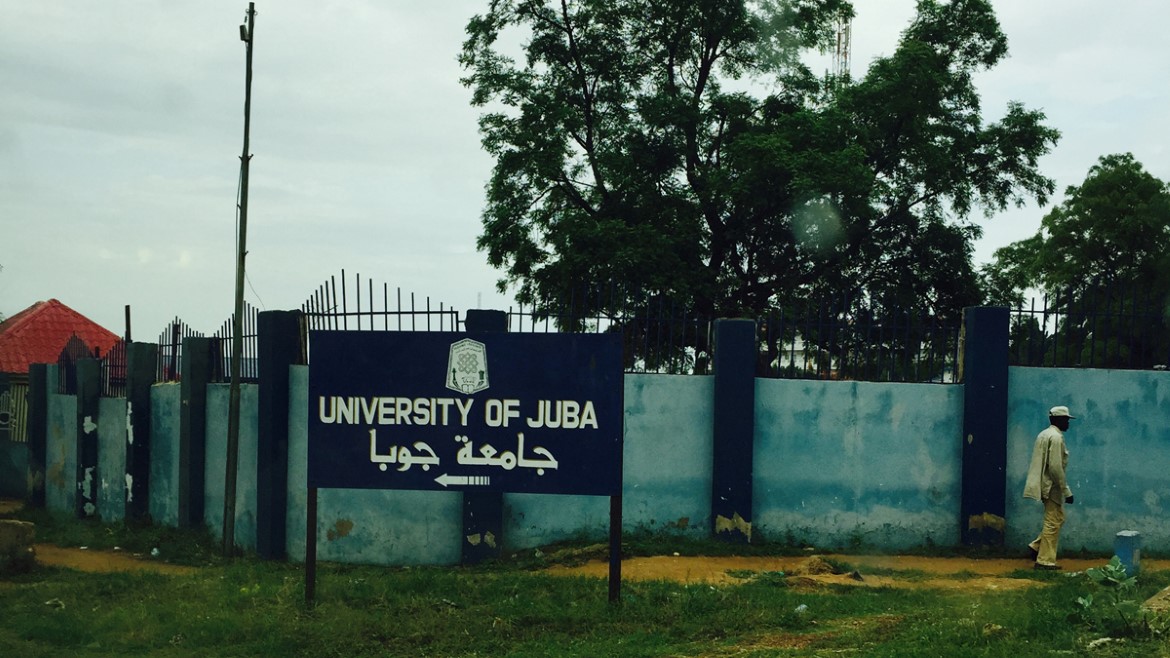





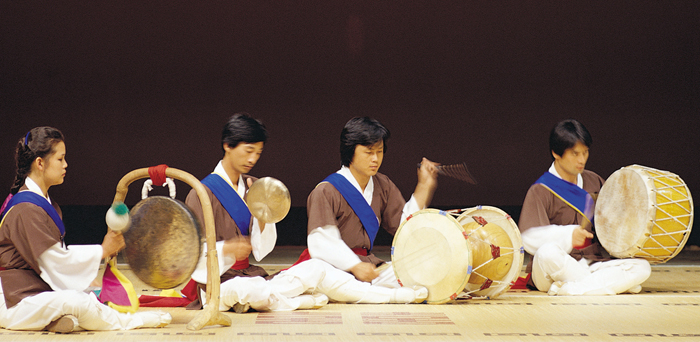
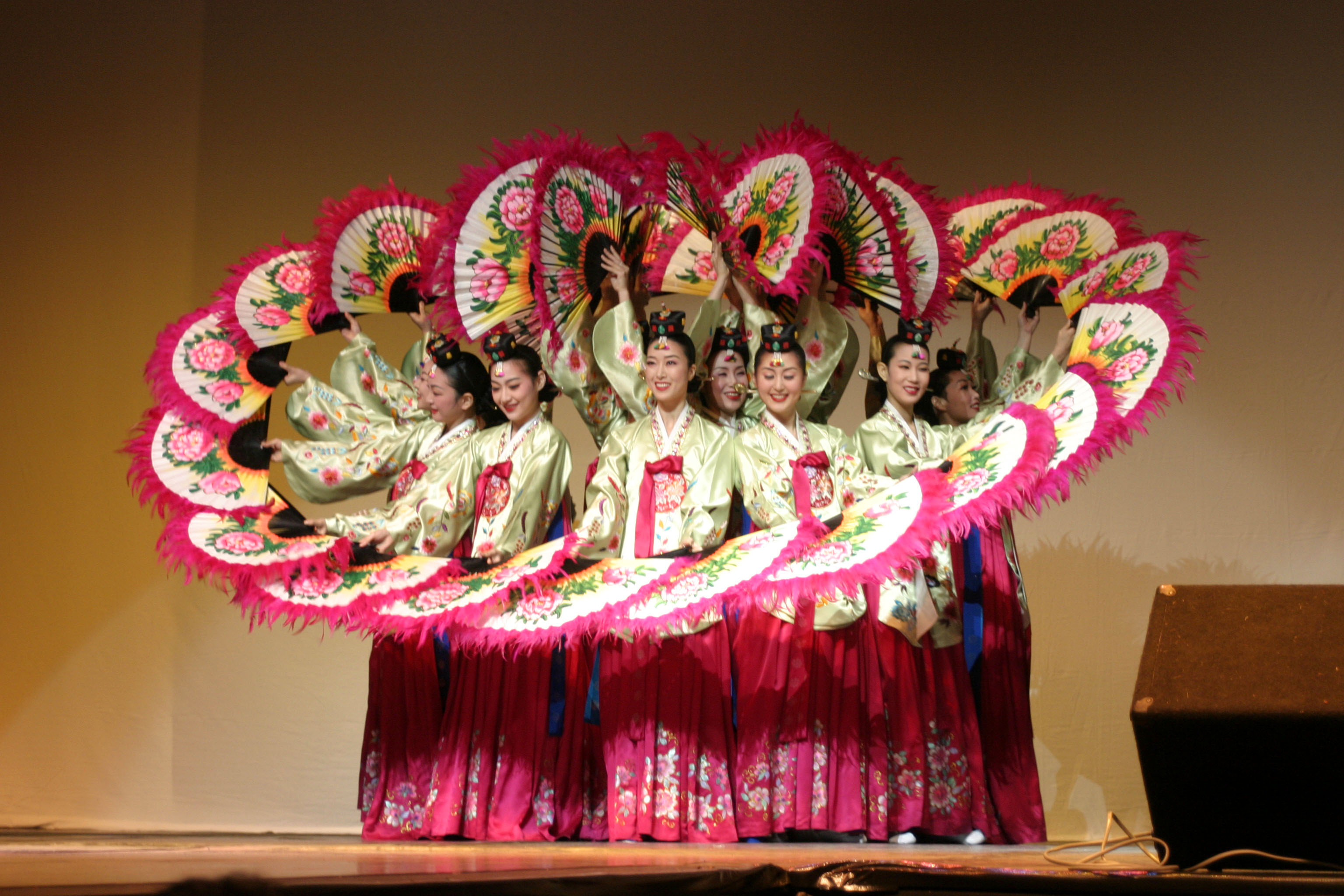
_(cropped).jpg)
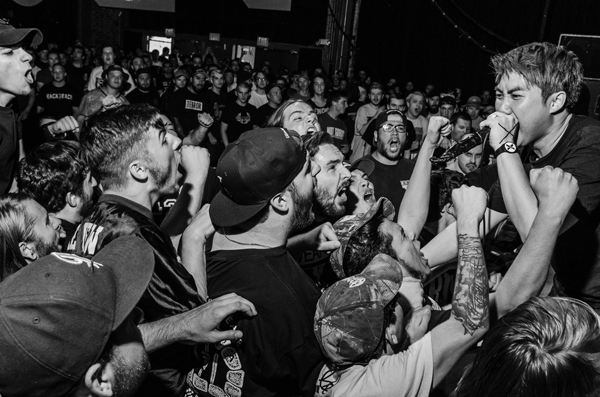







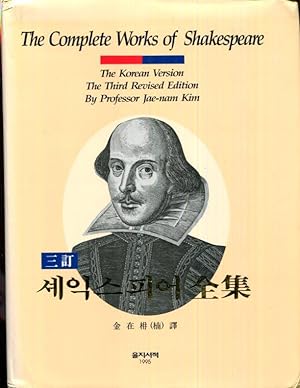

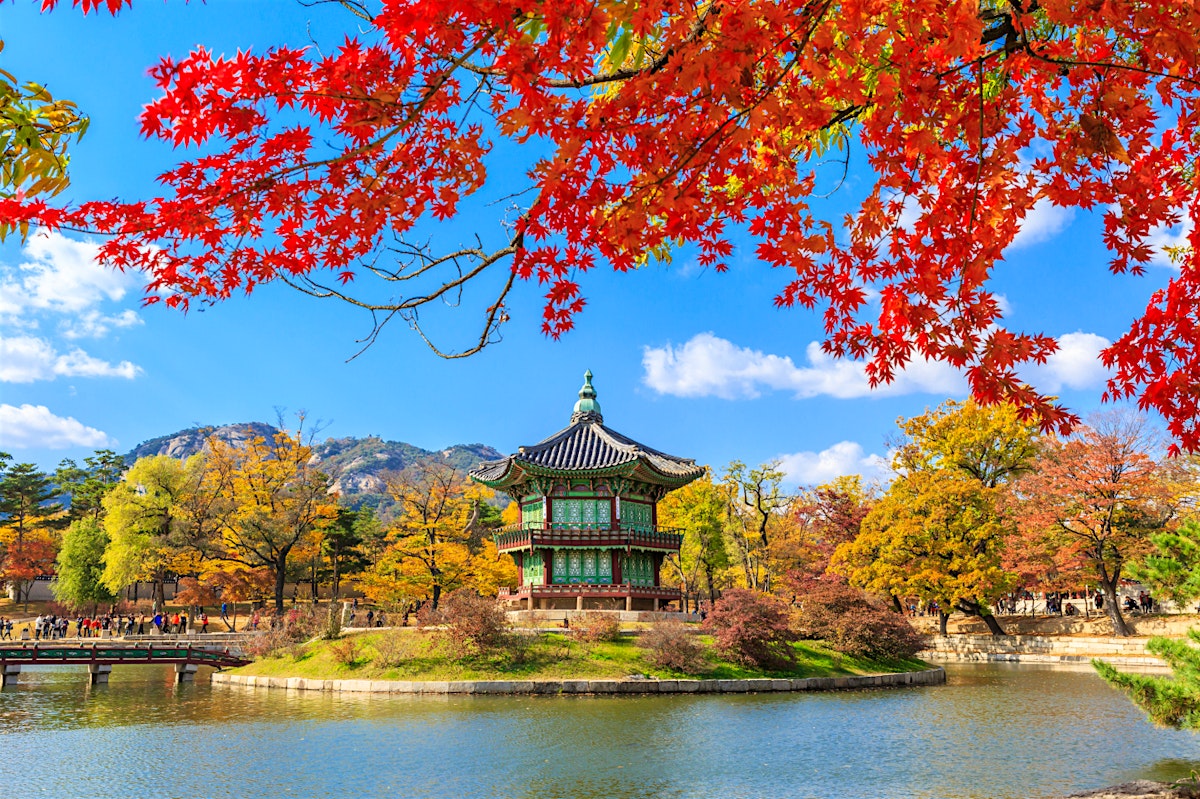




_-_Templi.jpeg)
